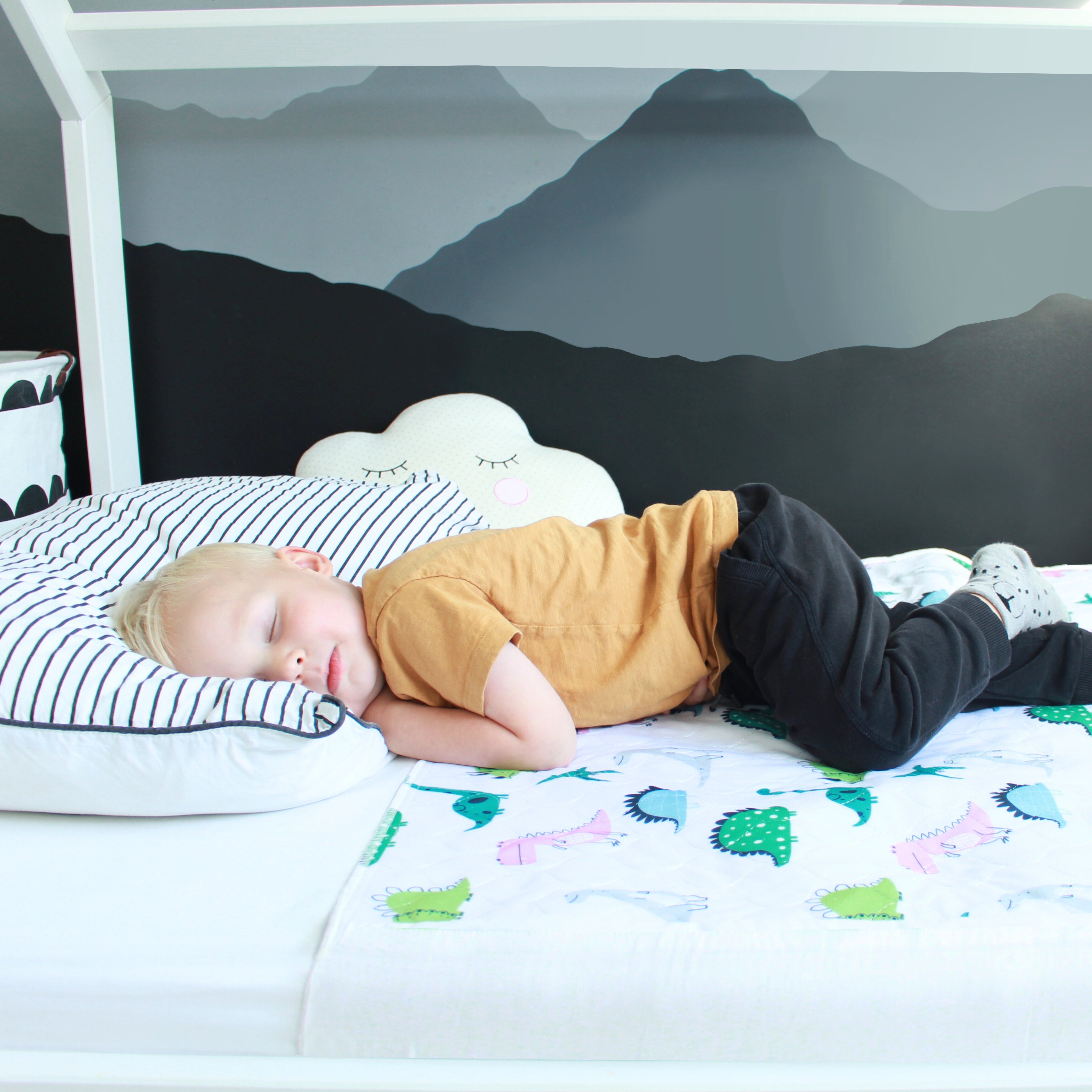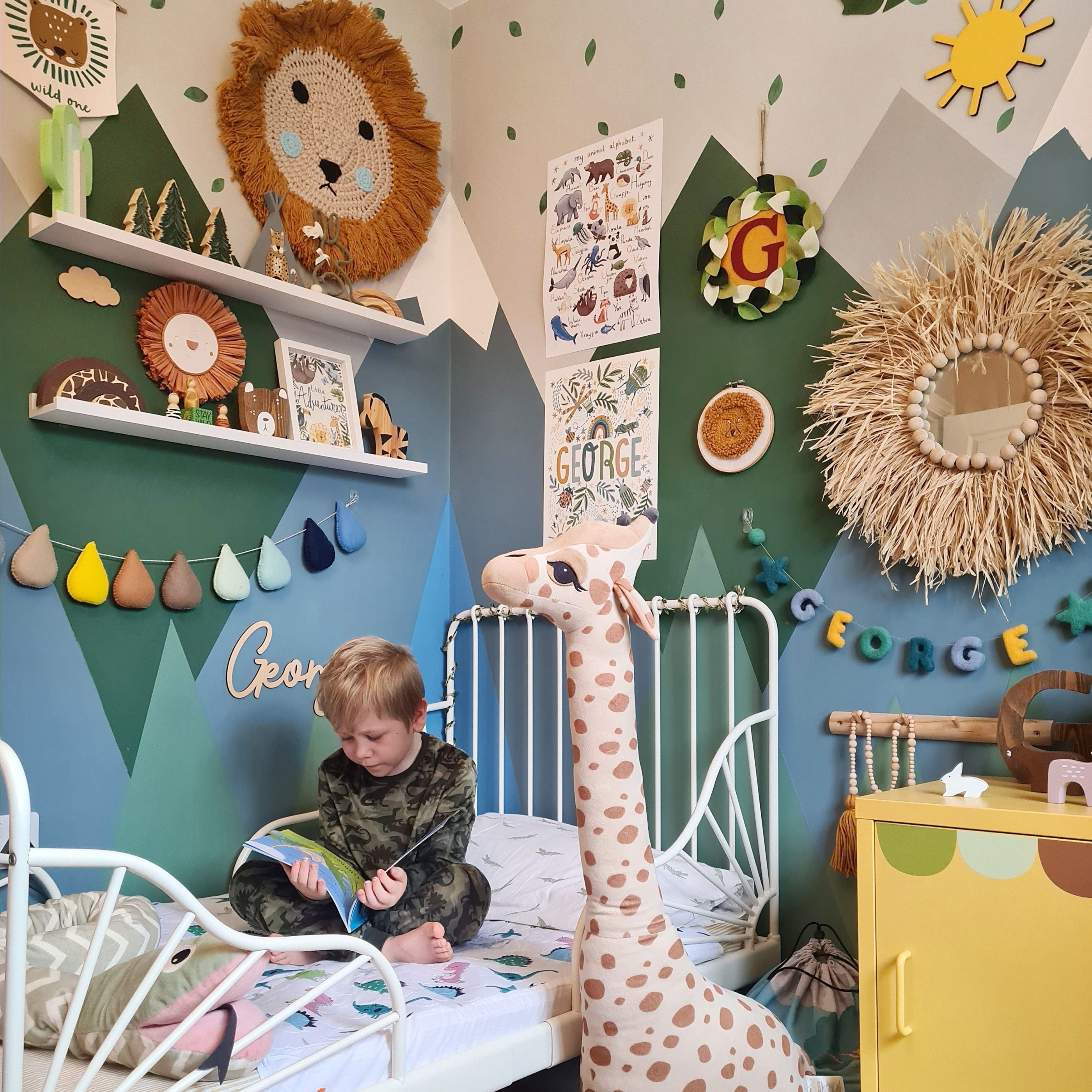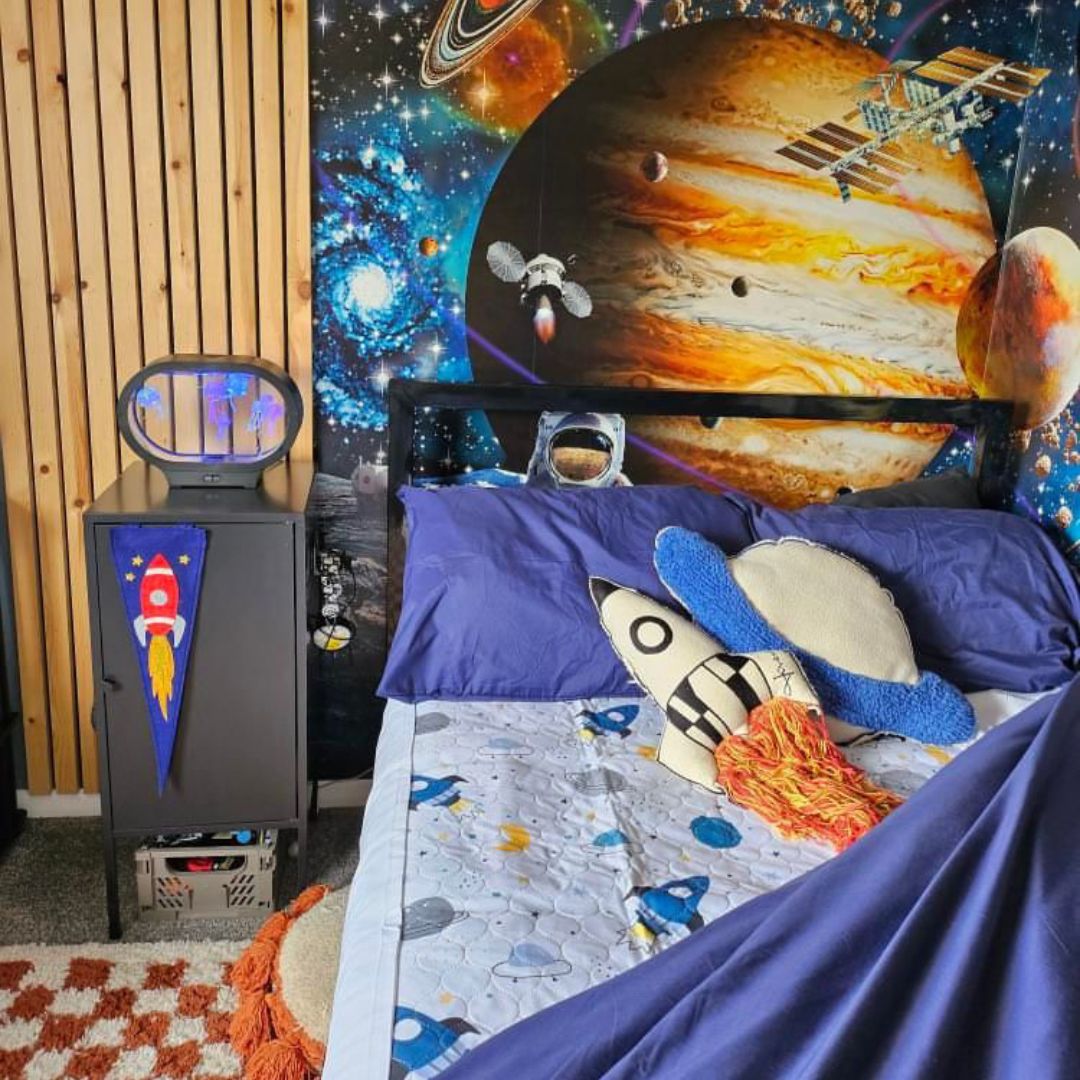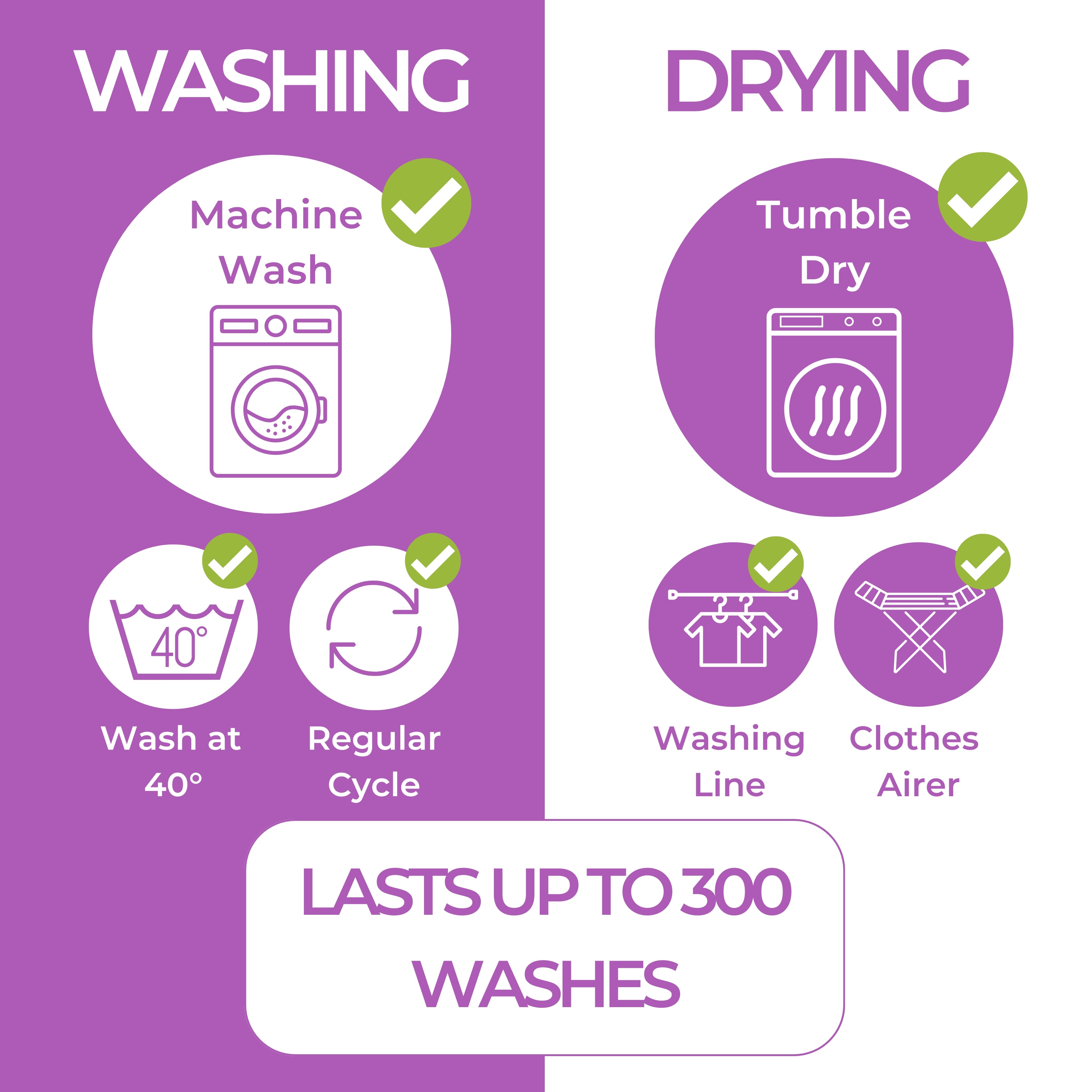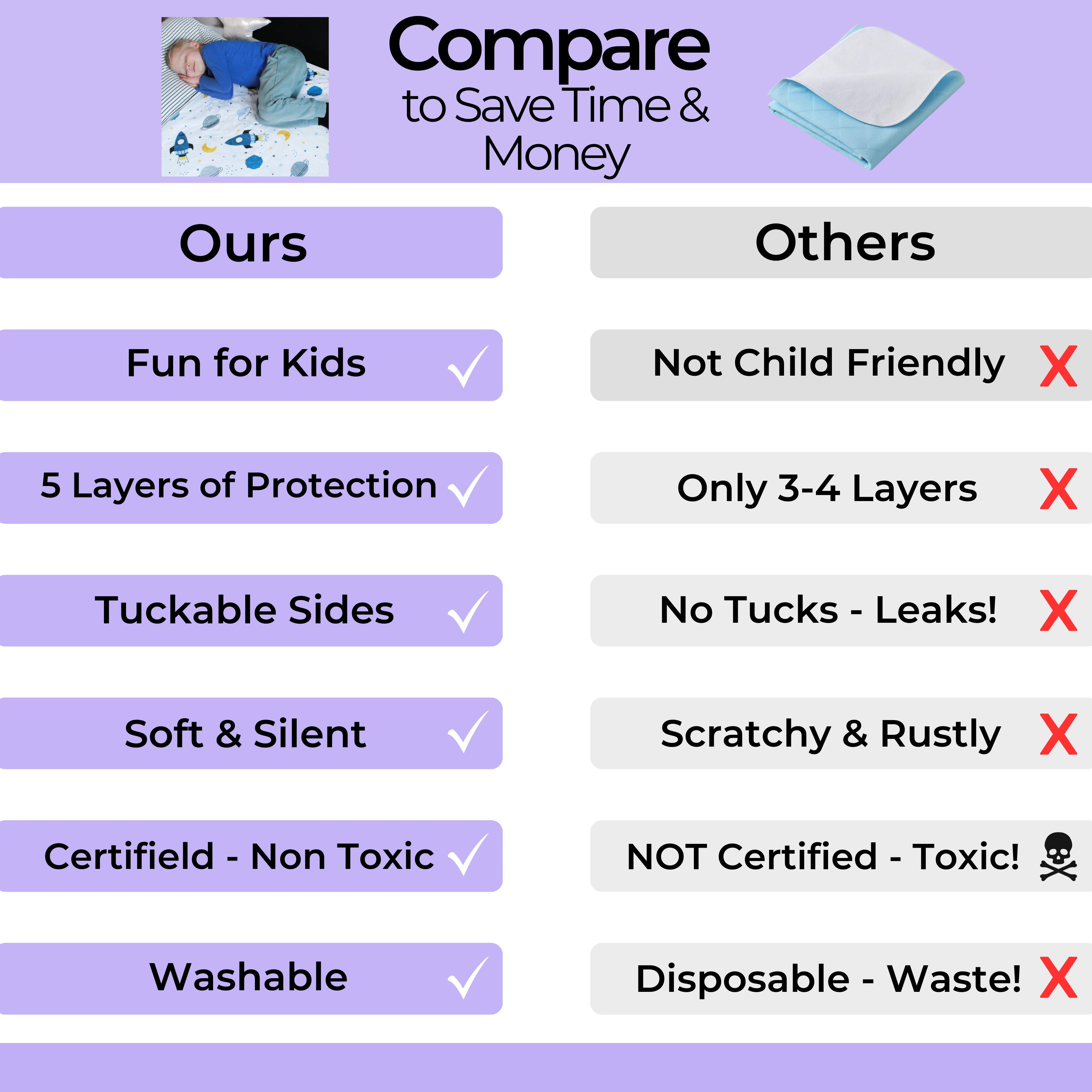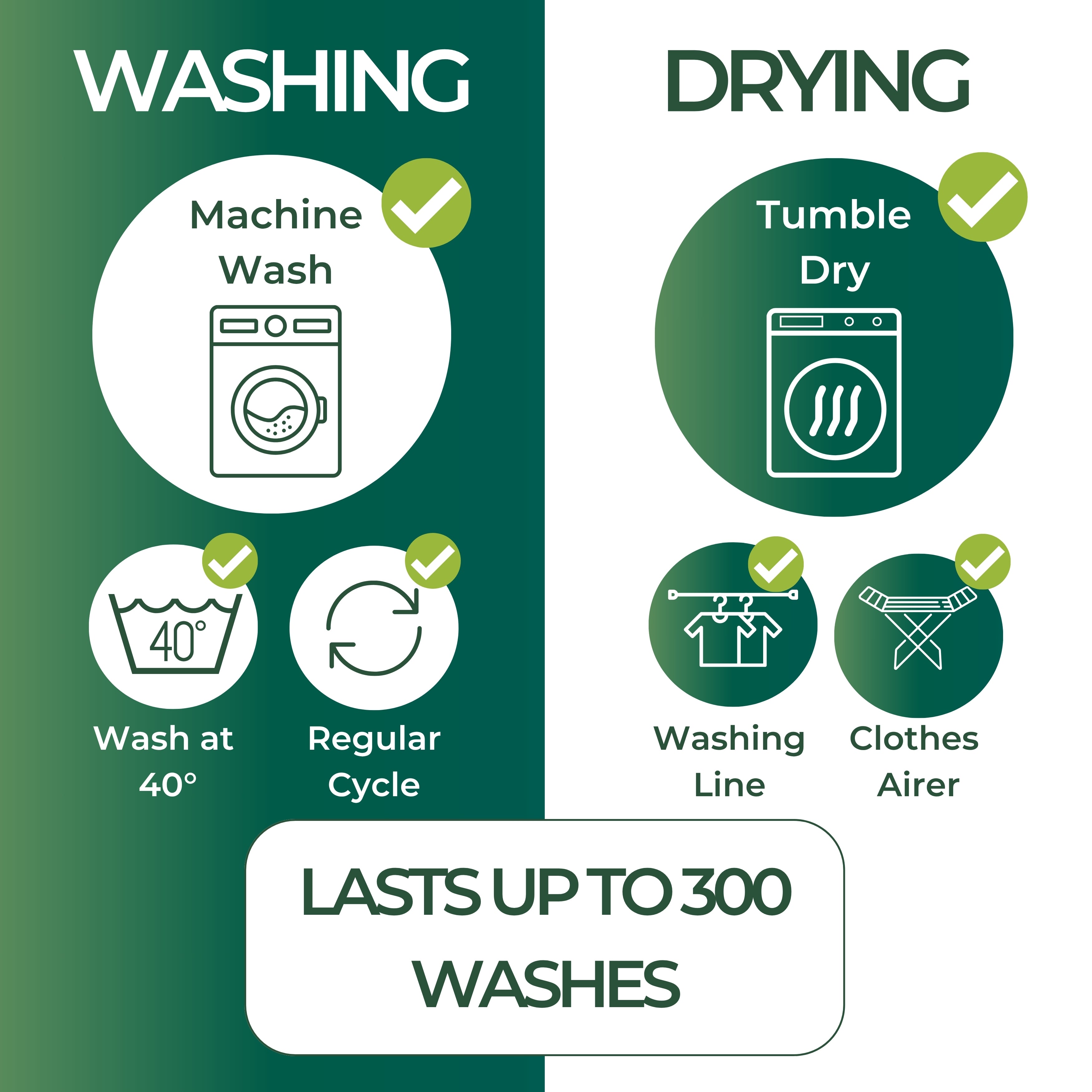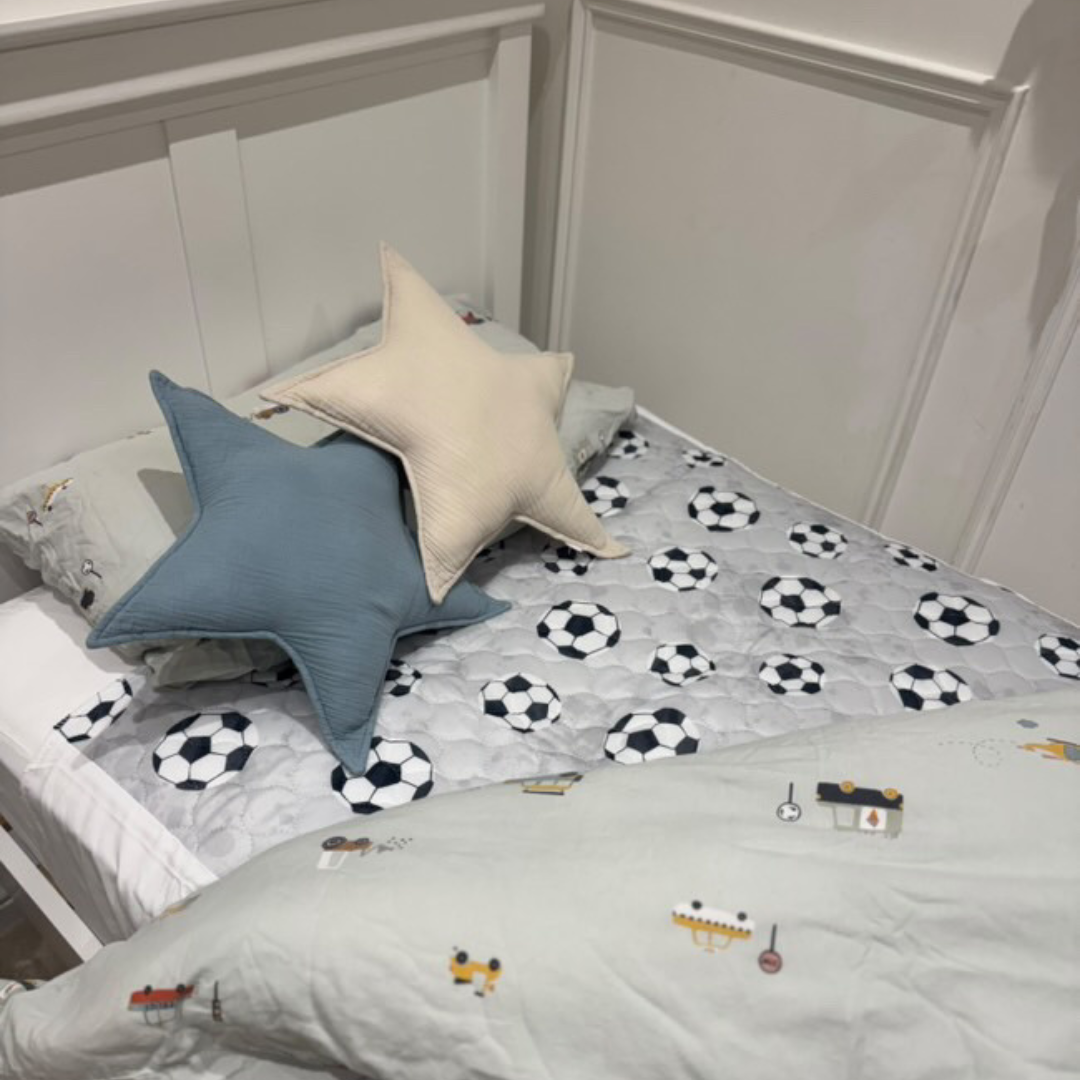DRI Sleeper Eclipse Bedwetting Alarm Care Instructions
Helping your child achieve dry nights is a big milestone. As parents, we want the very best for our children. That’s why we’ve partnered with the experts at DRI Sleeper, a world leader in bedwetting solutions, to bring you clear, supportive information and answers to the most common questions.
With the right guidance, you can feel confident in your decision and support your child on their journey to independence and dry nights.
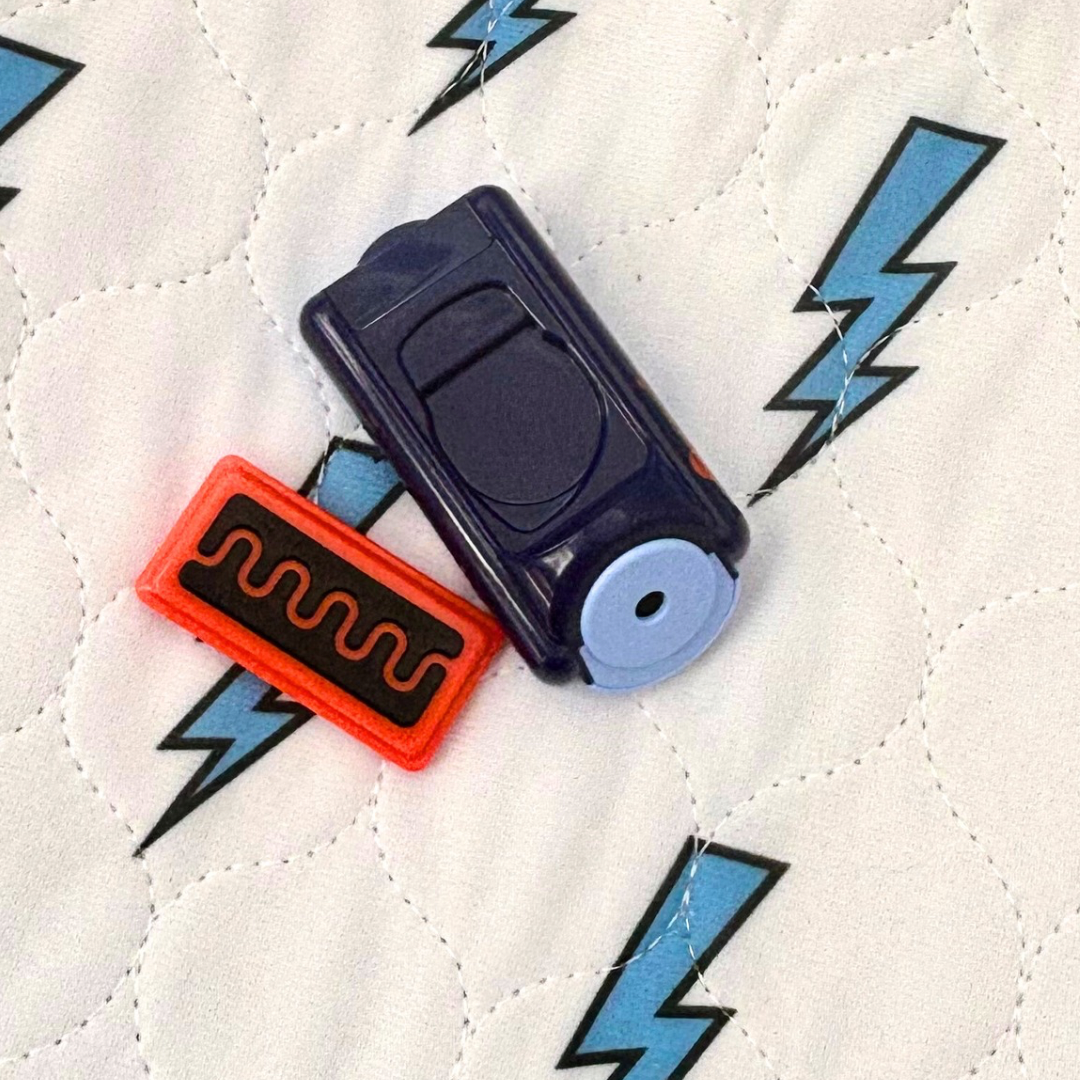
You can easily check the alarm working by touching the sensor with something metal like a metalspoon or even the rings on your finger. It’s advised to do a little “practice run” a few times before bedtime with your child, so they know what the bedtime alarm sounds like and how they should respond. They should pretend they are asleep, you make the alarm go off and they should get up, turn off the alarm and head to the bathroom - just as they would do in the night. This helps take away any surprises later.
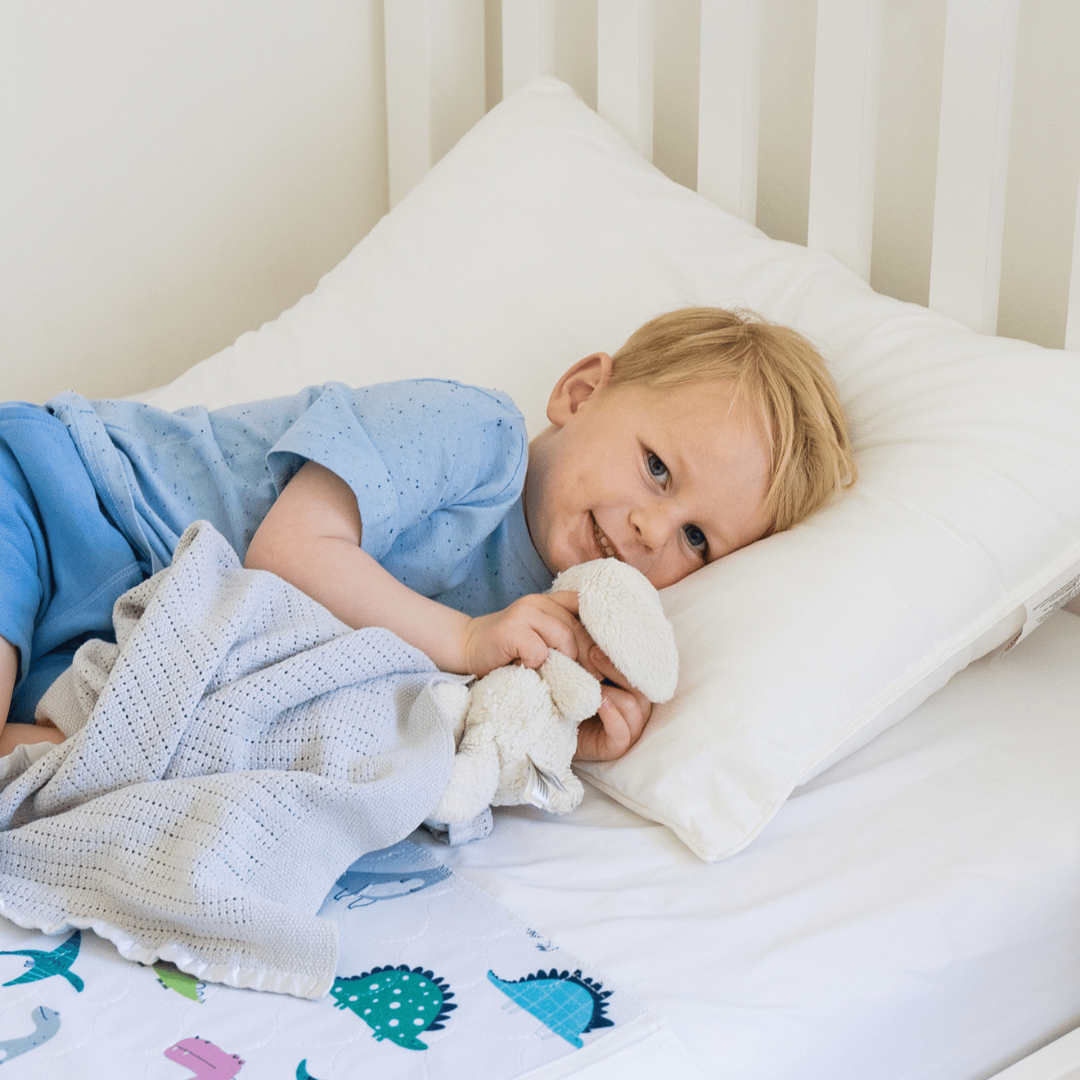
The sensor goes inside your child’s underwear, close to where the wetness would start. The trick is to keep it snug so it doesn’t move around. A few ways to do this:
- Pop it between two pairs of close fitting knickers or underwear. You can also wrap the sensor in some tissue too as this may prevent false alarms if your child gets hot in the night and sweats.
- Slip it into a little pocket made from a mini-pad or panty liner.
- If your child is still in pull-ups, you can make a tiny slit in the crotch area and place the sensor inside.
A waterproof mattress protector underneath will help protect the mattress when accidents occur, especially at the start.
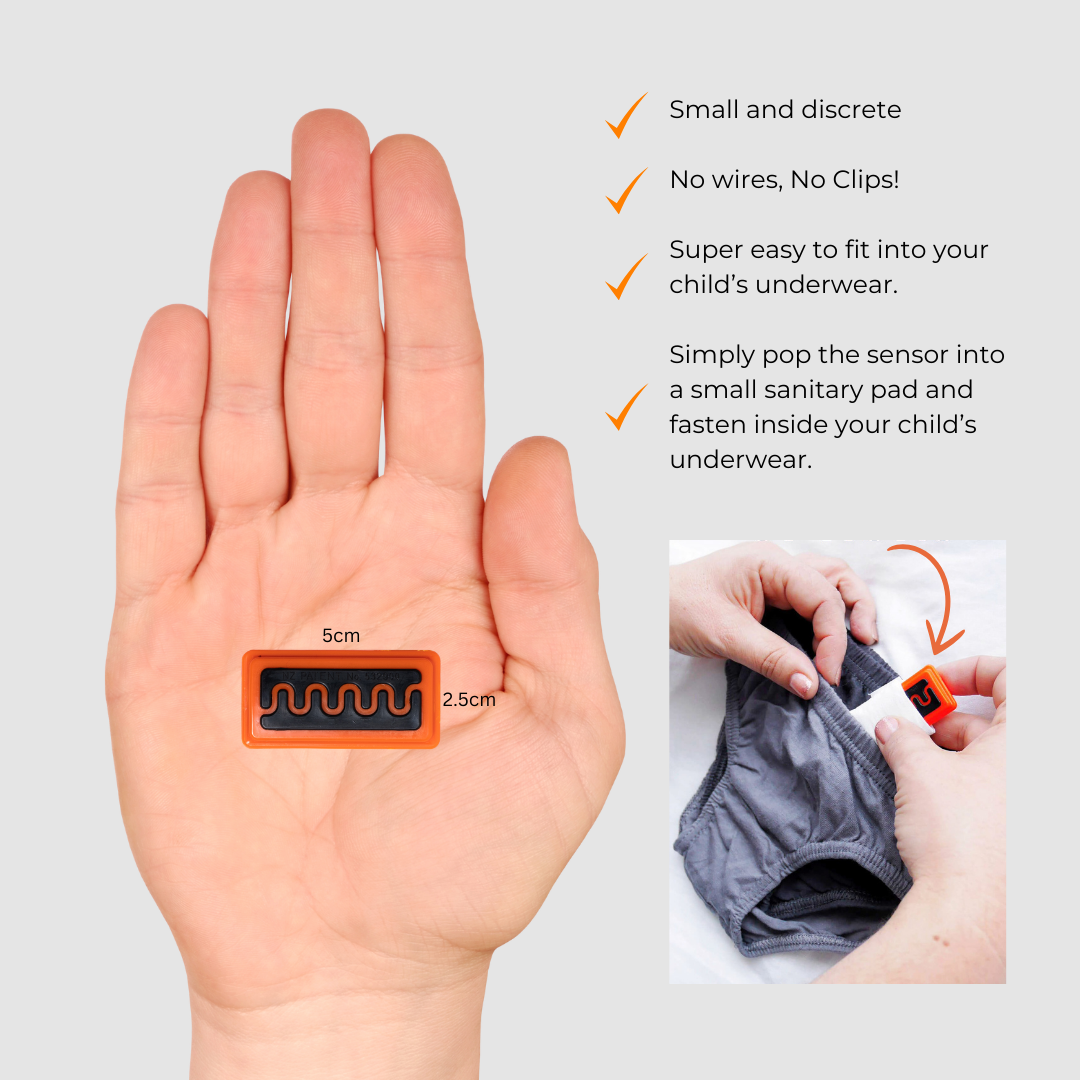
Occasionally, the DRI sleeper alarm might go off even when nothing looks wet. This can happen if the sensor moves around or picks up a bit of moisture. It’s nothing to worry about. If you have not already - try wrapping the sensor in a bit of tissue to prevent any moisture getting to the alarm and make sure it’s dried completely before using.
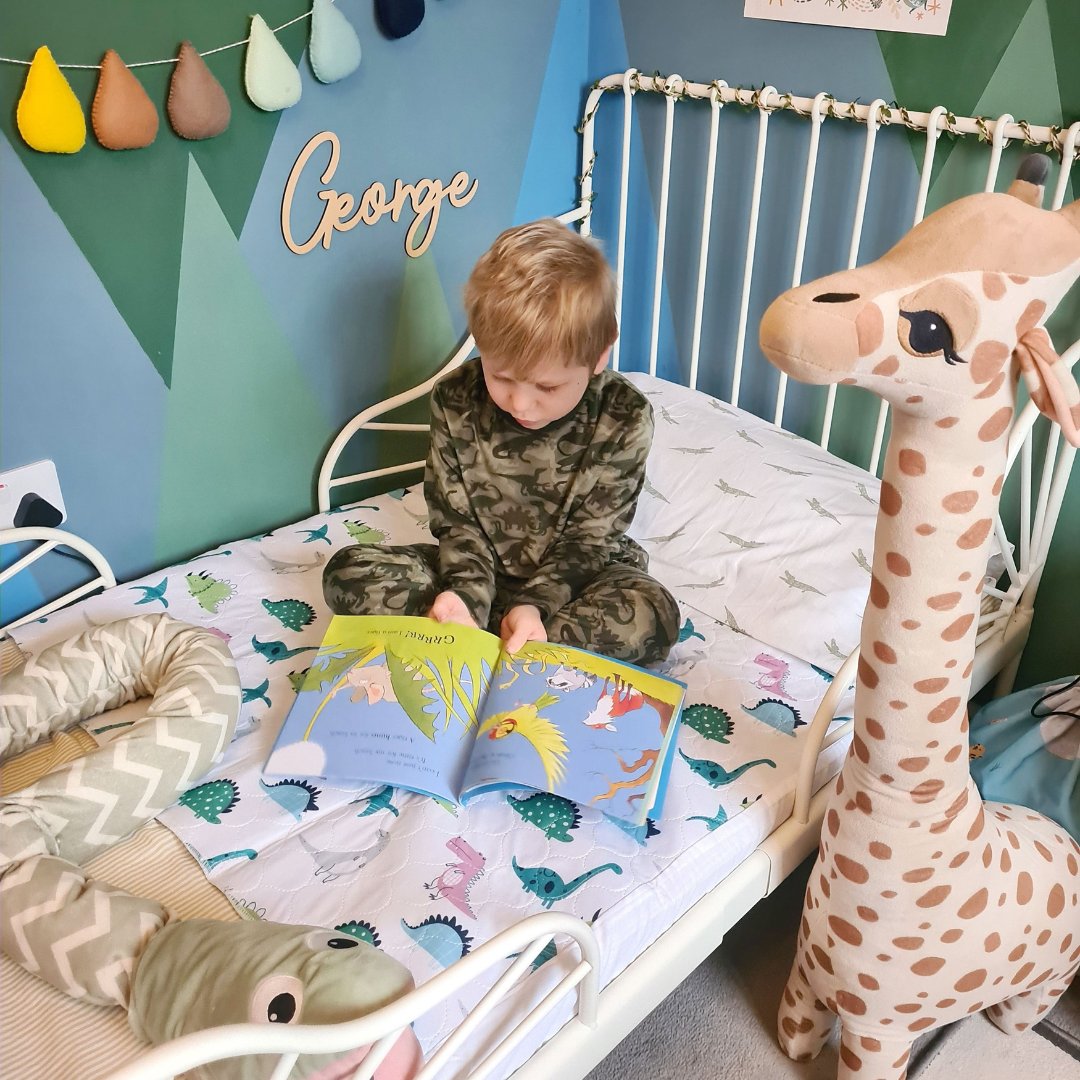
The alarm works best when it’s part of a bigger routine. Encourage your child to use the toilet just before bed, and keep a calm, positive atmosphere around nighttime. Do the practices as mentioned above and always make sure your child wakes to the sound of the alarm and turns it off themselves.
Some parents keep a sticker chart or give little rewards for using the alarm. Rewarding for using the alarm, or getting up when the alarm sounds can be useful. Small encouragements can make a big difference.
To ensure your child is fully awake when the alarm sounds, once they have turned the alarm off – try and wake them and give them a code word to try and remember for the morning. This helps to build that brain, bladder connection and helps they learn.
When the alarm goes off, some children can turn it off almost on “autopilot” without really waking up properly. If they’re not fully awake, their brain doesn’t get the chance to learn from the experience.
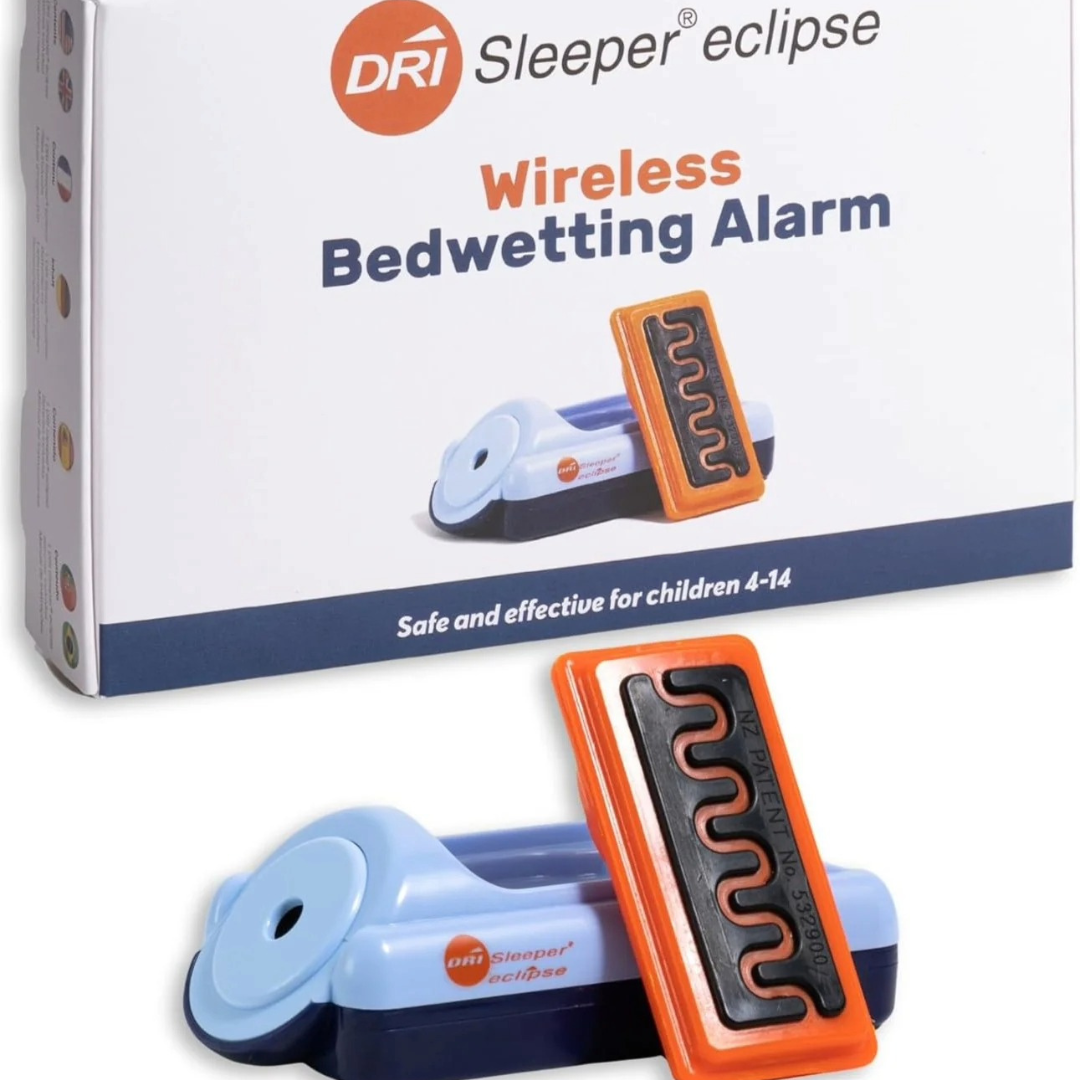
Every child is different. Some get the hang of it in a few weeks, others take a couple of months. What’s important is consistency – keep going even if progress feels slow. Most families see real improvement within 6–12 weeks. Think of it like training a muscle, it takes time for your child’s brain and bladder to connect.
You can stop using the alarm when your child reaches 14 days dry nights in a row.
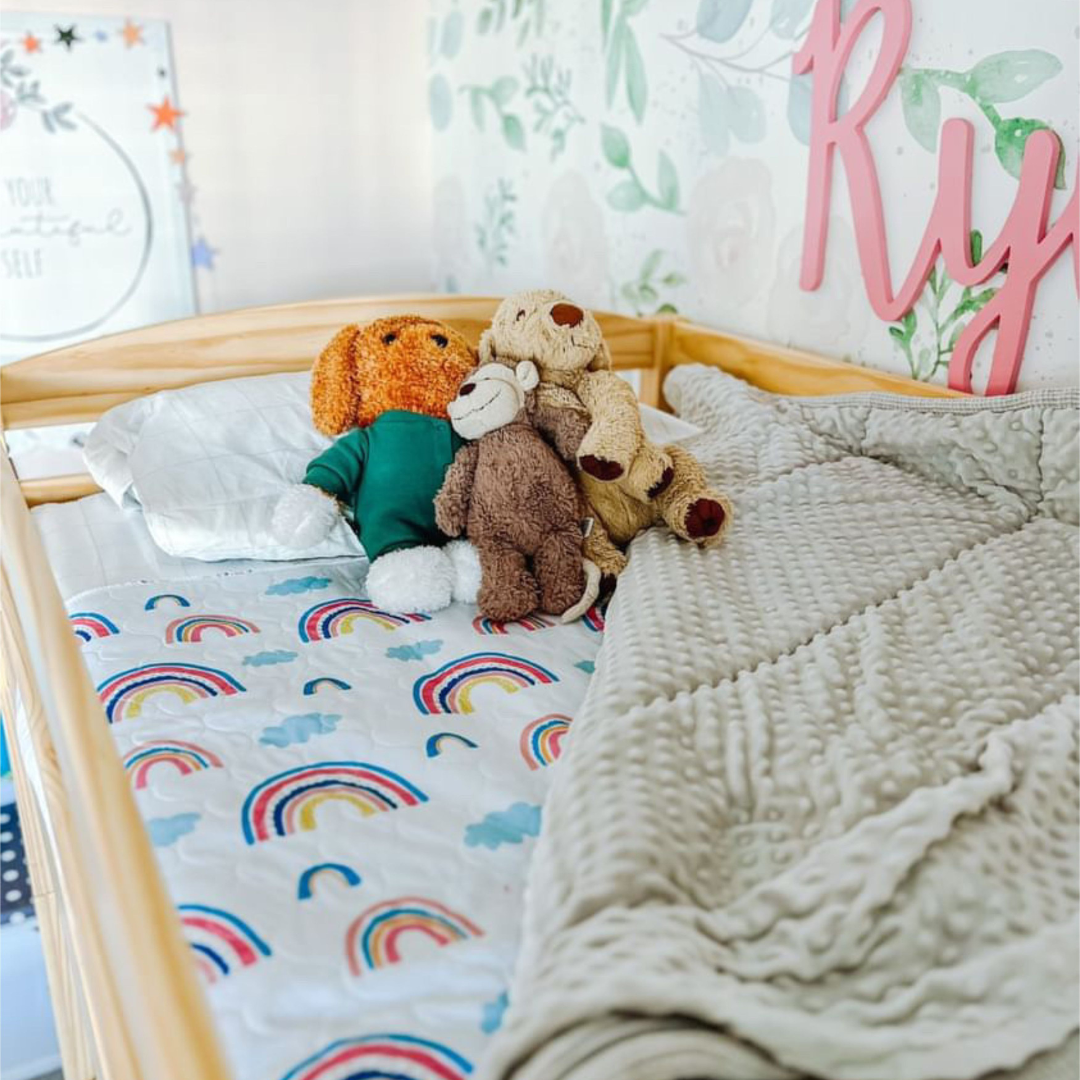
Relapses can happen, especially during busy or stressful times (like a new school term or after holidays). If it happens, don’t worry – just go back to using the alarm. Often the second time round is quicker because your child’s body already knows what to do.

Some kids find the bedwetting alarm a bit scary at first – it’s loud and unexpected. The best way to help is to make it feel less intimidating:
- Do practice runs together so they know what’s coming.
- Reassure them it’s not a “punishment,” it’s just a helper.
- Celebrate / reward the little wins – even if it’s just getting up when it sounds.
Lots of parents say their kids went from being nervous to feeling proud when they started to see results.

Deep sleepers often don’t wake straight away, and that’s completely normal. At the start, you may need to go in and gently wake them. A cool cloth on the face or helping them walk to the bathroom can really help the brain learn to connect the alarm with waking up. Popping their hands or wrists under a tap can also bring them out of their deep sleep. Some families even put the alarm in their own bedroom so parents wake too. Over time, your child should start waking on their own.

To change the battery, place a coin in the slot on the back of the alarm base and twist to open the battery compartment.
Inside, you’ll see a small hole marked “Battery Release.” Gently press into this hole with a small object (like a paperclip or mini screwdriver) while sliding the battery tray out. Replace the old battery with a new Panasonic CR2354 battery, then slide the tray back into place.
Dri Sleepers is a well established brand with experience from thousands of customers. They offer support to the users of their alarms. There are some additional sections here on their website DRI Sleeper Customer Support - DRI Sleeper Bedwetting Alarms and a helpful contact for them if you need to reach out for additional help info@dri-sleeper.com.


















